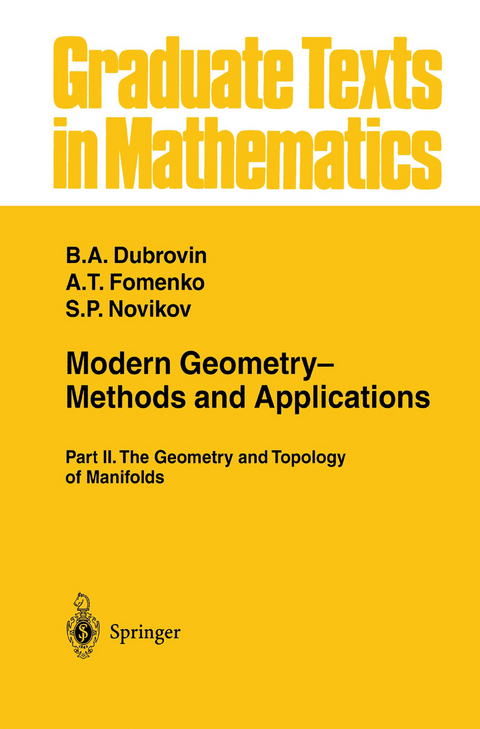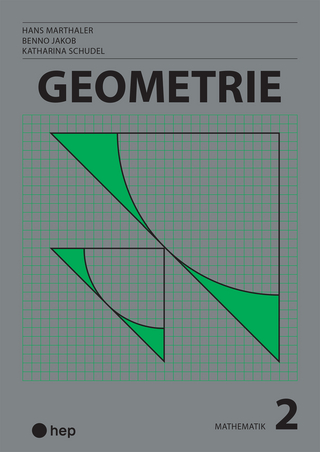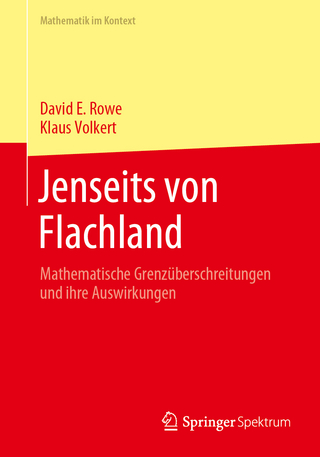Modern Geometry— Methods and Applications
Springer-Verlag New York Inc.
978-0-387-96162-0 (ISBN)
1 Examples of Manifolds.- §1. The concept of a manifold.- §2. The simplest examples of manifolds.- §3. Essential facts from the theory of Lie groups.- §4. Complex manifolds.- §5. The simplest homogeneous spaces.- §6. Spaces of constant curvature (symmetric spaces).- §7. Vector bundles on a manifold.- 2 Foundational Questions. Essential Facts Concerning Functions on a Manifold. Typical Smooth Mappings.- §8. Partitions of unity and their applications.- §9. The realization of compact manifolds as surfaces in ?N.- §10. Various properties of smooth maps of manifolds.- 11. Applications of Sard’s theorem.- 3 The Degree of a Mapping. The Intersection Index of Submanifolds. Applications.- §12. The concept of homotopy.- §13. The degree of a map.- §14. Applications of the degree of a mapping.- §15. The intersection index and applications.- 4 Orientability of Manifolds. The Fundamental Group. Covering Spaces (Fibre Bundles with Discrete Fibre).- §16. Orientability and homotopies of closed paths.- §17. The fundamental group.- §18. Covering maps and covering homotopies.- §19. Covering maps and the fundamental group. Computation of the fundamental group of certain manifolds.- §20. The discrete groups of motions of the Lobachevskian plane.- 5 Homotopy Groups.- §21. Definition of the absolute and relative homotopy groups. Examples.- §22. Covering homotopies. The homotopy groups of covering spaces and loop spaces.- §23. Facts concerning the homotopy groups of spheres. Framed normal bundles. The Hopf invariant.- 6 Smooth Fibre Bundles.- §24. The homotopy theory of fibre bundles.- §25. The differential geometry of fibre bundles.- §26. Knots and links. Braids.- 7 Some Examples of Dynamical Systems and Foliations on Manifolds.- §27. The simplest concepts of thequalitative theory of dynamical systems. Two-dimensional manifolds.- §28. Hamiltonian systems on manifolds. Liouville’s theorem. Examples.- §29. Foliations.- §30. Variational problems involving higher derivatives.- 8 The Global Structure of Solutions of Higher-Dimensional Variational Problems.- §31. Some manifolds arising in the general theory of relativity (GTR).- §32. Some examples of global solutions of the Yang-Mills equations. Chiral fields.- §33. The minimality of complex submanifolds.
| Reihe/Serie | Graduate Texts in Mathematics ; 104 |
|---|---|
| Übersetzer | R.G. Burns |
| Zusatzinfo | XV, 432 p. |
| Verlagsort | New York, NY |
| Sprache | englisch |
| Maße | 155 x 235 mm |
| Themenwelt | Mathematik / Informatik ► Mathematik ► Geometrie / Topologie |
| ISBN-10 | 0-387-96162-3 / 0387961623 |
| ISBN-13 | 978-0-387-96162-0 / 9780387961620 |
| Zustand | Neuware |
| Haben Sie eine Frage zum Produkt? |
aus dem Bereich




